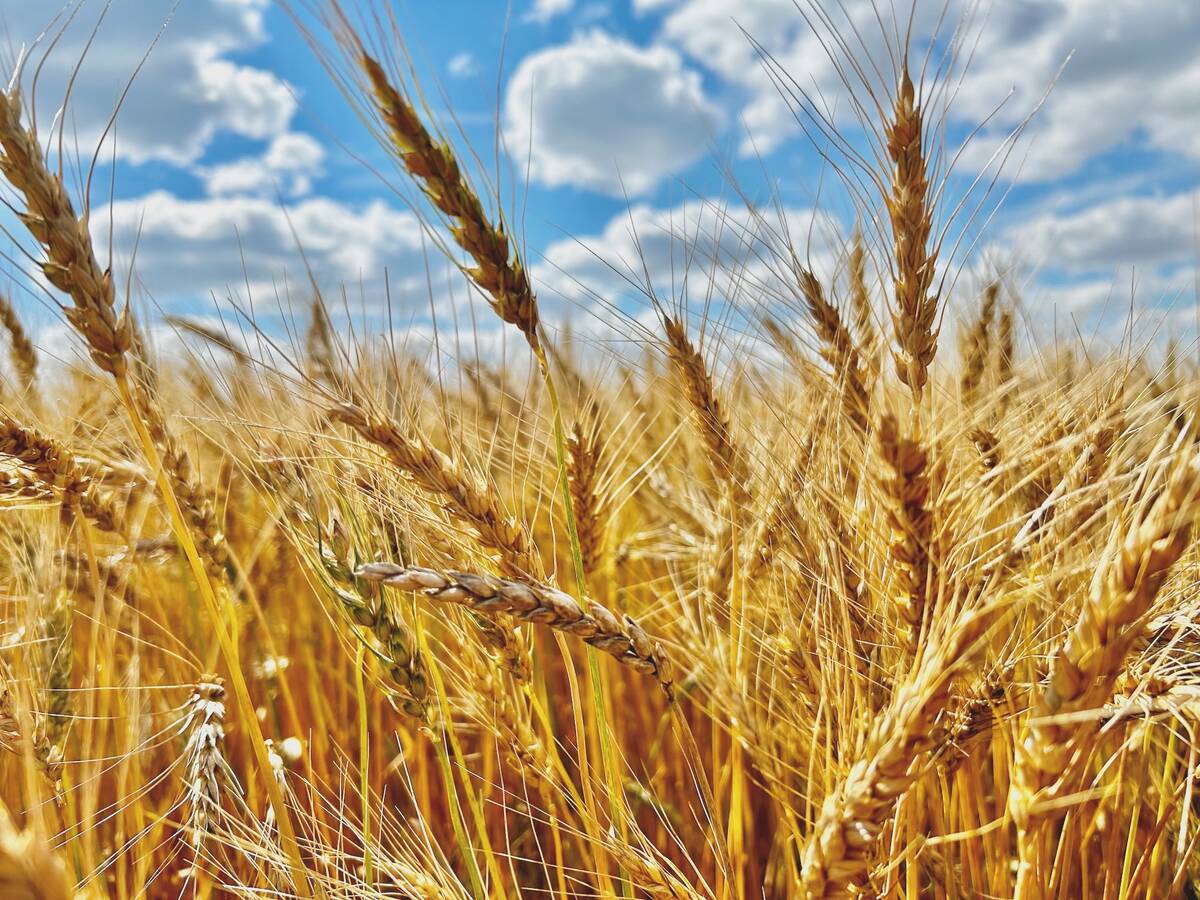MarketsFarm — Statistics Canada’s crop condition assessment program (CCAP) on Thursday released its weekly normalized difference vegetation index (NDVI) values from April 11 to May 29 — telling the tale of weather extremes in the Prairie provinces.
As of the fourth week of May, seeding was 95 per cent complete in Alberta, compared to the 94 per cent five-year average. Saskatchewan finished 76 per cent of its seeding (93 per cent five-year average) while Manitoba only had 40 per cent done (91 per cent five-year average).
Western Canada saw normal to below-normal temperatures during that period, with Manitoba, eastern Saskatchewan and the Peace region of Alberta and British Columbia all seeing excess precipitation which delayed seeding. Crop and pasture growth in southern Alberta were hampered due to a lack of soil moisture.
Read Also

Prairie Wheat Weekly: Modest increases for cash prices
Spring wheat and durum cash prices were moderately higher across the Canadian Prairies for the week ended Dec. 19. This was despite losses in Chicago and Kansas City wheat and Agriculture and Agri-Food Canada projecting larger all wheat ending stocks for 2025/26. Minneapolis wheat bumped up on the week, lending some support to Canadian cash prices.
These conditions resulted in much lower-than-normal vegetative growth in Manitoba and normal to lower growth in areas of Saskatchewan and Alberta.
In Manitoba as of May 23, NDVI values ranged from 0.140 west of the Red River bordering North Dakota to 0.261 in eastern Manitoba bordering Ontario and Minnesota. In Saskatchewan, the lowest figure was 0.155 in the east-central part of the province to 0.310 in the northern half. In Alberta, the lowest value of 0.196 was in the south-central and southeast regions while the high value of 0.355 was in the west-central region including Edmonton.
The CCAP provides information on crop and pasture conditions derived from satellite images for all agricultural regions of Canada. The CCAP database contains the mean value of the one-kilometre resolution and the 250-metre resolution satellite picture elements within each of the census agriculture regions, census divisions and census consolidated subdivisions of Canada with pasture or cropland activity.
















